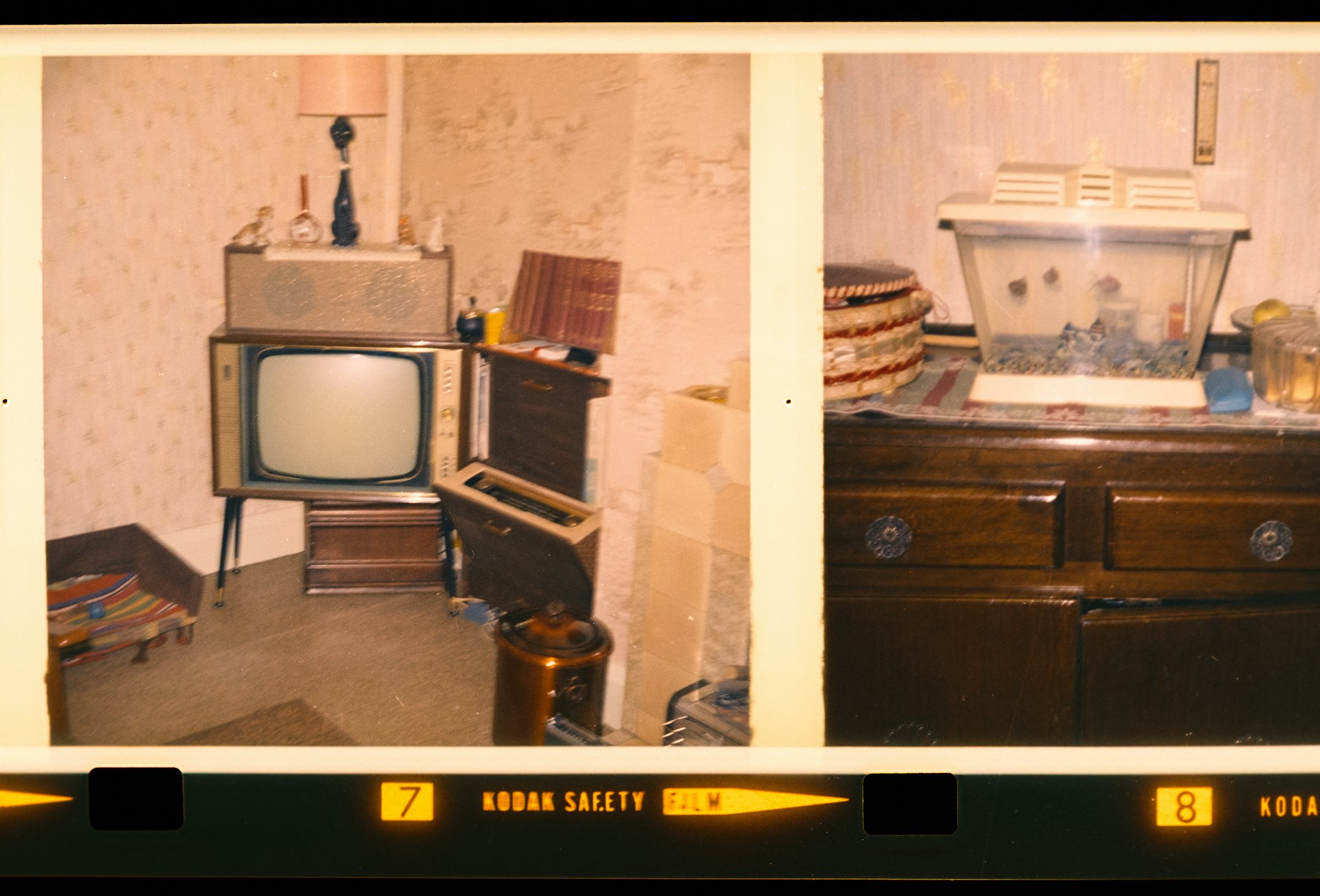The Transformative Role of Music Therapy in Emotional Healing

Photo by Jacek Dylag on Unsplash
Introduction: Understanding Music Therapy as a Pathway to Emotional Healing
Music therapy is a clinical, evidence-based practice in which credentialed professionals use music interventions to address physical, emotional, cognitive, and social needs within a therapeutic relationship. Far beyond simply listening to music, music therapy encompasses active creation, improvisation, and structured listening-helping individuals process emotions, reduce psychological distress, and foster resilience. Research consistently demonstrates that music therapy can promote emotional healing for people of all ages and backgrounds, making it a valuable tool for mental health and holistic well-being [1] .
How Music Therapy Supports Emotional Healing
Music therapy leverages the brain’s natural response to sound. When you engage in musical activities-whether listening, playing, singing, or composing-your brain activates networks related to emotion, memory, and movement. This activation is linked to the release of neurotransmitters such as dopamine, which enhances pleasure and motivation, and reductions in cortisol, the hormone associated with stress [2] . These physiological effects explain why music therapy is effective for:
- Reducing stress and anxiety: Calming music can lower stress hormone levels, making individuals feel more relaxed and centered [3] .
- Supporting emotional expression: Music provides a non-verbal outlet for expressing complex emotions that may be hard to articulate with words [1] .
- Enhancing mood and resilience: Engaging with music-through listening, singing, or creating-can stimulate positive emotions and foster hope, even for those coping with depression or trauma [4] .
Scientific Evidence for Music Therapy’s Effectiveness
Music therapy’s benefits are supported by numerous clinical studies and neurological research. Functional MRI scans show that music activates areas of the brain involved in attention, memory, and emotion. These findings help explain why music therapy is effective for a variety of populations, including those with mental health conditions, neurological injuries, or chronic illness [2] . A 2022 meta-analysis of clinical trials found that music therapy interventions significantly reduced anxiety, depression, and pain in hospital patients undergoing invasive procedures [5] . Similar studies highlight improvements in emotional regulation and social connection, especially for individuals with severe mental illnesses or post-traumatic stress disorder (PTSD) [4] .
Practical Applications: What Happens in a Music Therapy Session?
Music therapy sessions are tailored to a client’s unique needs and goals. Common techniques include:

Photo by Joel Lee on Unsplash
- Music listening: Guided sessions where individuals listen to music selected for its emotional or therapeutic impact.
- Active music-making: Playing instruments, singing, or improvising music to facilitate self-expression and emotional release.
- Songwriting and lyric analysis: Composing original songs or discussing lyrics to process life experiences and feelings.
For example, a client coping with depression may work with a music therapist to write songs that express their emotional journey, leading to a sense of empowerment and relief. In trauma-focused therapy, drumming or improvisational music-making may give voice to emotions that are difficult to verbalize [3] .
Case Studies: Real-World Impact of Music Therapy
Personal narratives underscore music therapy’s transformative power. One case involves a young woman named Sam who struggled with depression. Through songwriting in therapy, she was able to access and process buried emotions, ultimately transforming pain into creative expression and hope. Another example features a veteran with PTSD who used drumming as a safe space to process traumatic memories without the need for words [3] .
Music therapy is also widely used in medical settings. For instance, stroke survivors may regain lost speech abilities by first singing their thoughts and gradually transitioning to speech-a technique that has helped individuals like former U.S. Representative Gabby Giffords recover communication skills after brain injury [5] .
How to Access Music Therapy Services
Music therapy is provided by board-certified music therapists who have completed accredited education and clinical training. If you are interested in exploring music therapy for emotional healing, consider the following steps:
- Search for credentialed music therapists in your area using official directories from organizations such as the American Music Therapy Association (AMTA) . Visit the AMTA official website and use their “Find a Music Therapist” tool.
- Consult with your healthcare provider, mental health counselor, or social worker for referrals to reputable music therapists or programs.
- Contact local hospitals, rehabilitation centers, or community mental health organizations to ask if music therapy is available on-site or through partnerships.
- Some insurance plans may cover music therapy when prescribed as part of a treatment plan. Contact your insurance provider to verify coverage and eligibility requirements.
- If you are in school or a university, check if campus mental health or wellness centers offer group or individual music therapy sessions.
If you are unable to find a music therapist locally, some practitioners offer virtual sessions. Always verify credentials and professional affiliations before beginning therapy.
Alternative Approaches and Complementary Practices
While music therapy offers unique advantages, other creative therapies such as art therapy, dance/movement therapy, and drama therapy can also support emotional healing. These modalities share the goal of providing non-verbal avenues for expression and healing. Some individuals may benefit from integrating music therapy with traditional talk therapy, mindfulness practices, or medication management, depending on their needs and preferences [1] .
Community-based music groups, choir participation, or informal musical engagement can also foster emotional well-being, though these activities are not substitutes for clinical music therapy when professional intervention is needed.
Challenges and Considerations
While music therapy is widely recognized as safe and beneficial, it is not a cure-all. The effectiveness of therapy depends on individual engagement, the therapist-client relationship, and the presence of other supportive interventions. Some individuals may initially feel self-conscious or resistant to musical activities, particularly if they lack musical experience. Certified therapists are trained to create a supportive, non-judgmental environment and to adapt interventions to each client’s comfort level.
Access may also be limited by geographic location, insurance coverage, or availability of trained professionals. If you encounter barriers, you can still benefit from personal music engagement and seek guidance from mental health professionals on integrating music into your self-care plan.
Key Takeaways and Next Steps
Music therapy is a scientifically validated, creative approach to emotional healing that can reduce stress, foster resilience, and support recovery from trauma and mental health challenges. Whether you seek therapy for yourself or a loved one, begin by consulting with healthcare providers, searching official professional directories, and exploring local community resources. Remember, healing is an individual journey, and music therapy offers a flexible, accessible pathway to greater emotional well-being.
References
- [1] Immunize Nevada (2024). Art and Music Therapy: Emotional Healing Through Creative Expression.
- [2] Ohio University (2025). What makes music therapy effective?
- [3] Marywood University (2023). Unlock the Power of Music Therapy: Transforming Lives & Healing.
- [4] National Institutes of Health (2023). Effect of music therapy on emotional resilience, well-being, and social connection.
- [5] Harvard Health (2023). Healing through music.
MORE FROM hotondeals.com













